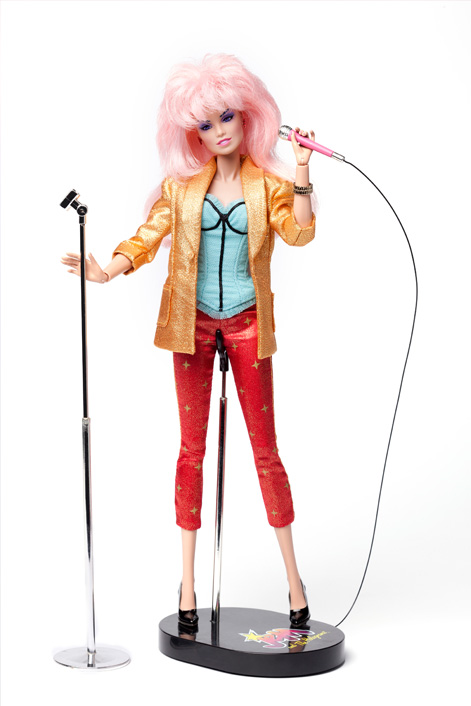 |
| AvantGuards |
with 3 or 4 damp sheets of blotting paper or paper towel. Cover the damp pad with a sheet of greaseproof paper, patting it down so that it has contact with the damp surface. Use the greaseproof paper as your palette. When the damp pad begins to dry out, remove the greaseproof paper and re-wet the absorbant paper. When you finish work, cover the palette with a sheet of cling-film (saran wrap), and your paint will be ready for use the next day.
When mixing paint, try to limit all mixtures to just 2 or 3 colours, to avoid muddied hues. Avoid mixing them too thoroughly; as soon as the colour looks right, stop. Also, to get the 'cleanest' colours, mix 'warm' shades together, and vice-versa. Sometimes mixing a 'warm' shade with a 'cool' shade can result in muddy colours (more information on colours and colour mixing will be added soon).
While the resin binder still contains water it is 'milky' in colour, so acrylic colours appear slightly lighter and more subdued in shade when wet than they do dry. As the paint dries, the binder becomes transparent, so the colours dry with a slightly deeper shade and full brilliance.
Since each manufacturer uses a different chemical formula for their paints, you may prefer to stick to a single brand of acrylics. If not, problems such as curdling when mixing, insufficient adhesion and colour changes on drying might arise. However, I have yet to experience any problems with mixing paints from different brands








